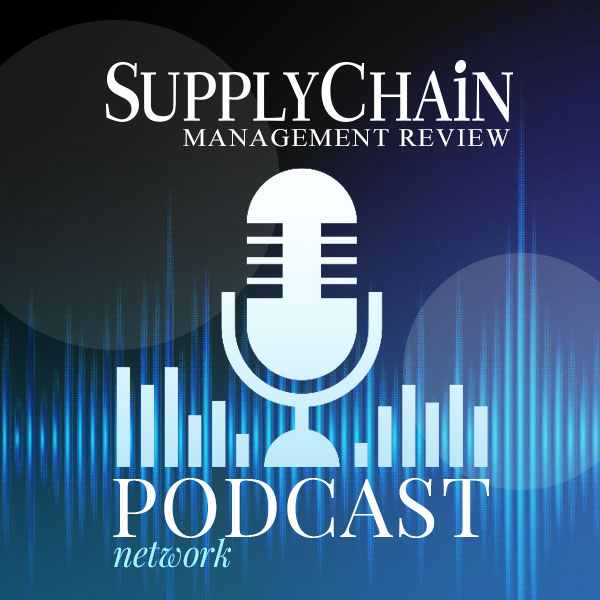Editor's Note: In the July/August issue of SCMR, authors Amydee and Stanley Fawcett argue that universities and business need to find new ways to work together to develop the talent needed for tomorrow's supply chains. In the following column, Harry Haney identifies some of the better practices at Loyola University Chicago.
*** *** ***
In the war for talent, Chicagoland companies are taking new approaches new approaches to how they work with programs like ours at Loyola University Chicago. For instance, one company recently approached us with a multi-year plan for interns, permanent hires and post-hire continuing education. They identified the number of interns they wanted for the next 3 years, what kind of skill sets they were looking for and what kinds of projects interns would have the opportunity to work on. They said they anticipated hiring the interns permanently and then bringing them back to Loyola University Chicago for further customized training.
That particular company is not alone. Gone are the days when all a company has to do is show up at a job fair and hang out a help wanted sign. Today, they have to market themselves to students just as they have to market to prospective customers. Successful firms are employing a number of what we think of as “better practices” to establish their presence on campus, burnish their brand with our students, build relationships with prospective employees while they are still in school and ultimately hire those that best fit their needs. Here are a few better practices you might consider at your firm.
• Classroom presence: Often companies will send a supply chain executive as a guest lecture to talk to classes about a particular function. Generally at the beginning of the class they will talk a little bit about their company to provide some context for the conversation. Students love hearing real-world examples and illustrations of what they've been learning about and it's a great way to introduce your organization in a non-commercial way.
• Use Supply Chain executives / managers for career fairs: Students want to meet the people they will be working with to get a feel for the culture of the company. Another idea is to bring along recent grads – preferably from that school – who can talk about what it's like to work at that company. Going the extra mile to get these folks in front of students sends a strong message that you care and that the students are important.
• Referrals: Use current employees to reach back into their alma maters to identity good prospects.
• Internships: This continues to be an excellent option for both companies and students to “try before you buy”. Transparent arrangements where the student knows that a successful internship will result in a post-graduation job offer are especially popular.
• Candidates as Customers: The companies who are best at recruiting treat prospective employees as customers. They apply the same principles of optimizing a customer experience to recruiting: For instance, how easy is it to apply for a job and for students to get their questions answered? And depending on the company, the students may already be your customer too!
• Rotational Programs: What can a student who joins your company after graduation expect in terms of a job? We are seeing companies set up “job rotation programs” where a new hire moves through various roles, spending 4-6 months in each one, to learn the full breadth of the supply chain. Each assignment is long enough to get real experience “doing the work” versus “shadowing” and is often at different locations – sometimes on different continents.
While these steps require an investment of time and resources on the part of the employer, the result is ultimately not only finding people, but the right people, as both the company and the prospective employee know better what to expect from each other.
Harry Haney is the associate director of the Supply and Value Chain Center at Loyola University Chicago. He can be reached by email at [email protected]. For more information visit http://www.luc.edu/quinlan/scm/index.shtml.
SC
MR

More Universities & Colleges
- AI, virtual reality is bringing experiential learning into the modern age
- Predicting stockouts: Enhancing FMCG resilience through data-driven insights
- Project-Based Learning Moves the Classroom Into the Real World
- The changing face of supply chain executive education
- DOT launches national University Transportation Centers Program
- Gartner Gives First-Place Supply Chain Management Ranking to University of Arkansas
- More Universities & Colleges
Latest Podcast

 Explore
Explore
Topics
The Academy News
- AI, virtual reality is bringing experiential learning into the modern age
- Predicting stockouts: Enhancing FMCG resilience through data-driven insights
- Finding the Right Approach for Supply Chain Education
- The Supply Chain Triad
- Innovating Supply Chain Higher Education with Generative AI
- How Smart Supply Chain Management Boosts Brand Identity
- More The Academy
Latest Academy Resources

Subscribe

Supply Chain Management Review delivers the best industry content.

Editors’ Picks




